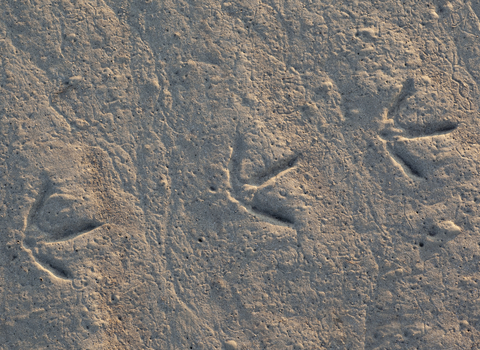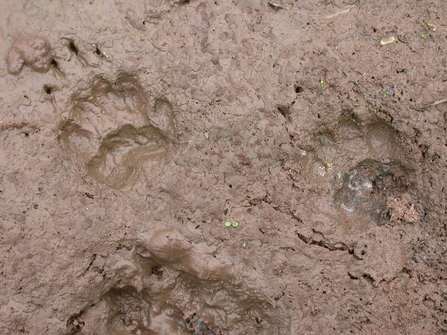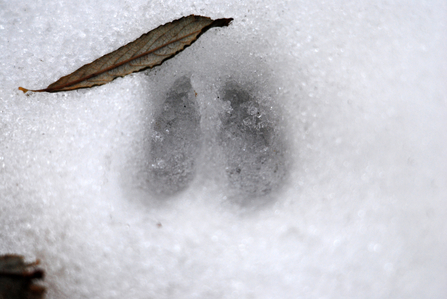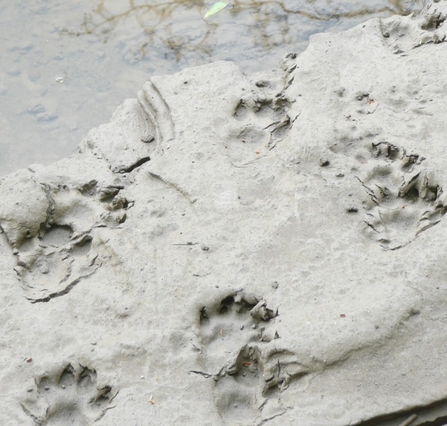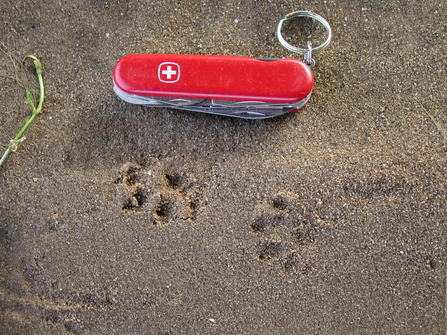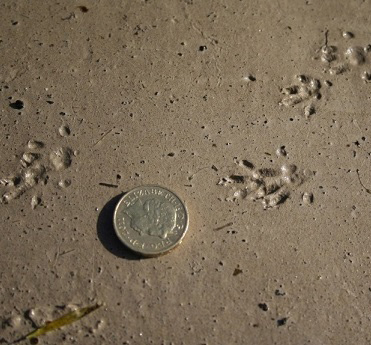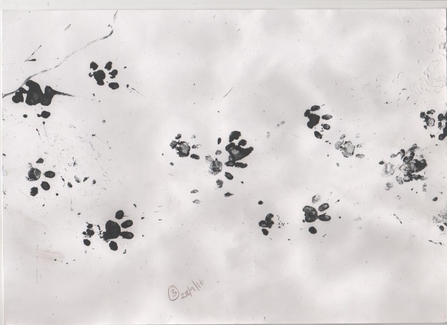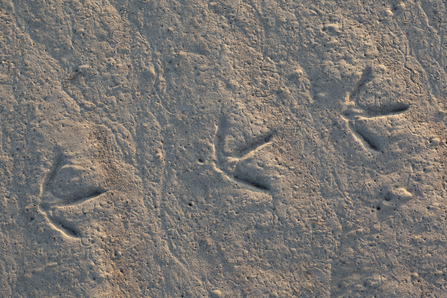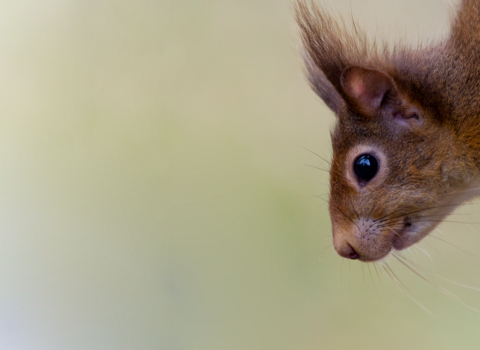Why look out for animal tracks?
Wildlife can sometimes be hard to spot, especially if it is nocturnal. But the signs that animals frequent an area can be a good start to discovering all kinds of species, from rare otters to common rabbits. In fact, ecologists rely on animal signs to help them understand the numbers, behaviours and movements of species. Such animal signs include calls, burrows, leftover meals, territorial markings, fur, droppings and tracks.
What do I do if I come across animal tracks?
You can encounter animal tracks anywhere – in city parks, in your garden or in rural countryside. It is easiest to spot them in muddy places, or when it has snowed. Or you could try setting up a footprint trap! Leave a sand-filled tray outside your house overnight and see who’s been to visit in the morning.
Whose tracks can I spot?
Here are some animal tracks you might come across - click on the photos to see the full size images. Remember take a note of the size and shape, and the number of toe or ‘claw’ marks you can see. A photograph can be a handy way to help identification back at home!
Badger
Prints are very robust and broad (6.5cm wide). They show long claw marks and have five toe pads in front of a wide rear pad. Their front and back paws differ slightly: the front-paw marks have longer claw marks, while the back-paw marks show the inner toes to be a little further forward.
Deer and sheep
These both display their cloven hooves. Deer prints have two oblong and pointed toe impressions that sit alongside each other, making the shape of an upside-down heart. The tracks of sheep tend to be much more rounded at the top. Different species of deer can be hard to tell apart, but generally, the diminutive muntjac leaves tracks that are about 3cm long, while the impressively large red deer leaves tracks up to 9cm long.
Otter
Footprints are webbed and large (up to 9cm long and 6cm wide), with five toes and a large rear pad impression. Claw marks aren’t usually visible, and sometimes only four toes imprint, but if it’s a muddy area, you might just see the distinctive ‘drag’ of a tail.
American mink, weasel and stoat
Quite similar to otter prints, they show five toes in a splayed, star shape. Claw marks may be visible, but the big difference between these and otter prints is size: mink, weasel and stoat prints range from just 1-4cm, while otter prints are a massive 9cm long.
Water voles and rats
Rat and water vole prints (pictured) both show five toes and can easily be confused. However, the hind feet of water voles show a distinctive splaying (star shape), with the two outer toes at right angles to the three inner toes. The toes in the hind feet of rats all sit parallel. Water vole prints tend to be about 3.5cm long with short heels, while rat prints tend to be 4.5cm long with long heels.
Hedgehog
Prints are long and narrow, with three toes pointing forward and two outer toes that point to the side, making a star shape. Sometimes, only four toes are visible in the print.
Ducks, waders and birds
These prints are quite easy to tell apart, but determining specific species is a different ball game! Duck prints have three claws with visible webbing in between them, while bird prints show a long middle toe, two shorter and splayed outer toes, and a long backward-pointing toe. Sparrows have small prints that appear in pairs because they hop, while pigeons have larger prints that alternate because they walk. Swans display prints like ducks, but just much larger! Wader prints (pictured) are similar to duck prints, just without the webbing, and are disproportionately large in relation to body size. They also tend to walk in straight lines, with one foot in front of the other.

